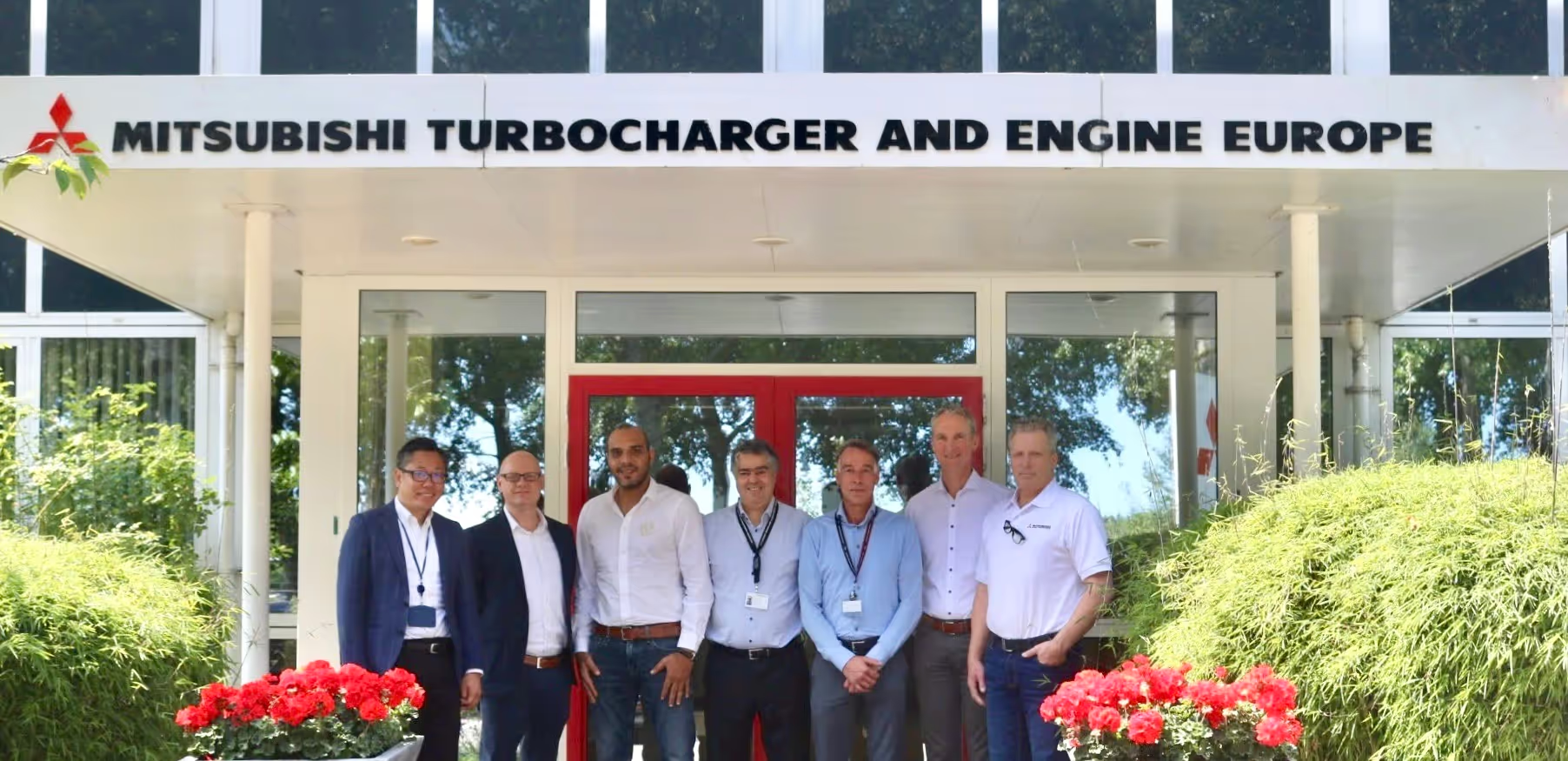Shipping’s route to net zero

Maritime shipping is the backbone of world trade. Unfortunately, it is also one of the single biggest sources of greenhouse gases.
Its regulator, the International Maritime Organization (IMO), is determined for shipping to dramatically cut the harmful emissions released by ships’ bunkers. Ever tightening restrictions on CO2 – which must be halved by 2050 – but also on nitrogen oxides (NOx) and sulfur oxides (SOx), are shaping shipbuilders’ and operators’ short-term investment decisions.
A vessel has a 20- to 30-year lifespan, so the choices the industry makes today on anything from propulsion technologies to alternative fuels will directly impact its ability to meet the IMO’s ambitious long-term targets.
Unlike the car industry, the answer for shipping is not simply electrification – at least not in the foreseeable future. There are currently no batteries big enough to take large merchant ships across the vastness of the world’s oceans, and no solid oxide fuel cells (SOFCs) big enough for an ocean-going container ship or tanker.
And while there is an abundance of alternatives, many technologies still need to be developed to a commercial scale – with supporting ecosystems and distribution networks – to be considered viable options.

This article was originally published by Mitsubishi Heavy Industries on Spectra.



